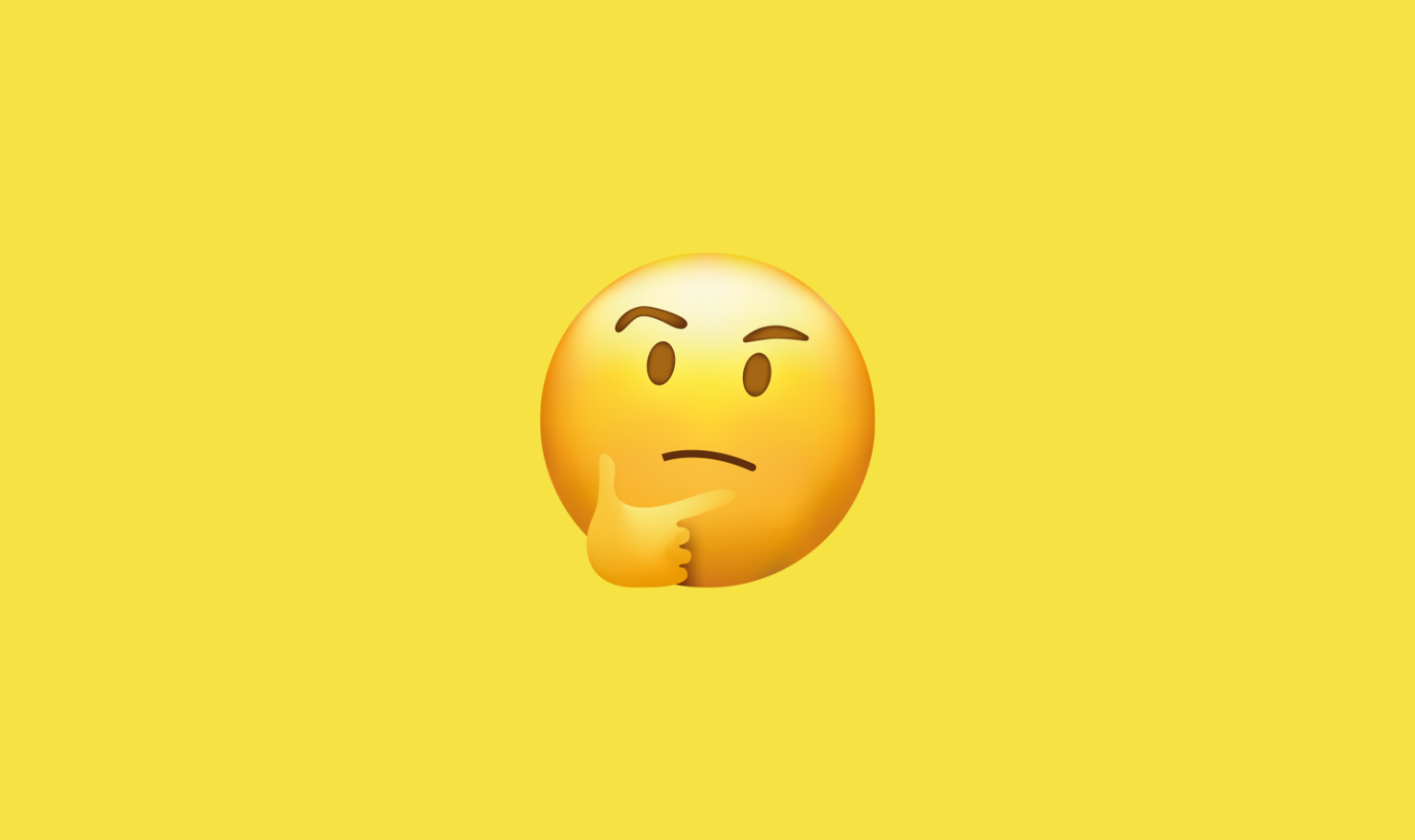Are Your Day Parting & Ad Scheduling Strategies Updated?

What is day parting & ad scheduling?
Although Google call it ad scheduling, throughout the industry it’s better known as day parting. Day Parting is when you pick and choose the days and hours you show ads to your customers (You part the days into active and inactive zones).
This can be influenced by many factors:
- Opening hours
- Performance
- Specific promotions
- Event based strategy
Running ads only when offices are open or when results are expected. Evaluating performance by day or hour can deliver a huge competitive advantage.
On our client accounts we use AdWords, Analytics & Bing data combined to create daily and hourly performance maps, highlighting when performance is strong or weak and use that to influence strategy.

In this example you can see times of the day when an account has been slowed down and when aggression is normal. This is a very basic day parting strategy for an account which performs better in the evening than the day. Some of the times are given on the right hand side.
A more complex strategy may look like this weekend strategy for a retail client:

Why is a day parting strategy important?
Some reasons have been mentioned above regarding the opening hours; which would apply to websites driving phone calls (call centre opening times) or some retail clients trying to drive traffic during specific hours.
Promotions and event based strategies are short term strategies to be applied around an event or a promotion. For example, you may be running a specific offer for a few hours only; or you may need to sell some more tickets for an event which is in a few days after which the campaign needs to be off.
Performance however is usually the biggest factor. Poorer performing times and days can be wasting a lot of your budget and eat into the traffic for better performing times. This will generally help improve the account performance overall.
Conversion rate is one of the biggest influencers informing you of the best performing times of the day, however number of impressions, conversions and conversion value (if it applies) are something to keep an eye on. Conversion rate (for those of you who may not know) is the number of conversions divided by the number of clicks.
An example of conversion rate by hour is provided below:

A Few Things to consider:
There are a few things you do need to consider when applying ad scheduling strategies:
- You can only have 6 day parts on a day, so in the example data above, you cannot have a strategy by hour for each day, you need to group these into 6 segments of times.
- What works for 1 account will not necessarily work for another (even though it may be in the same industry).
- Conversion rate needs to be looked at alongside your other figures as well and not in isolation
- What works on Google may not necessarily work for Bing
- Brand campaigns: you may want to avoid applying day parting strategies on brand campaigns.
- Not every campaign will work in exactly the same way. For example, a retailer like Next, who sell a huge variety of items will find different products or types of products need different day parting. Some questions you may ask are:
- Do male and female products convert at the same time?
- What about home and furniture products?
- Do we need to consider e-shots as well?
- Seasonal day parting strategies (I have gone into detail in a separate section below)
- Shopping campaigns strategies vs text ads strategies
- Mobile day parting strategies: With mobile user patterns being different this is a piece of analysis to always look at. Whilst this cannot be done in the generic AdWords interface, it is something that can be achieved using automated rules on Adwords. I do expect Google to have this option available however at some point in the future.
- Data is key for applying day parting. Ensure you have enough data and do not base your whole strategy on a very small amount of data.
Hugely Important are the Seasonal ad scheduling strategies
Many people set up a strategy which they run with throughout the whole year. Whilst this may work for some industries, for most industries where there are large seasonal influences this will not. Below is a perfect example of a client whose strategy needs to be updated by season:

Whilst certain patterns are consistent like Saturday being the best performing day across all seasons, there are quite a few which are not. Two points to be highlighted are:
- In the spring, Wednesday is the worst day, whilst in the summer Sunday is. For autumn this is Wednesday and for the winter it is Monday.
- Whilst spring sees Friday being the 2nd strongest day, in the summer it is Monday.
It is obvious that having the same strategy across the year is a foolish idea.
How to update your ad scheduling strategy on Adwords
Here is a link to the help files that talk you through the update:
https://support.google.com/adwords/answer/2404244?hl=en-GB
Can you do this on Bing?
Of course you can. Bing used to have strict times in place for day parting rather than open time zones like Google has. However this has now changed. It is very important to understand your Bing customers however. You cannot always apply the same strategy to Bing as you have on Google. Your Bing customers are generally a different demographic which lead to differences in performance and differences in strategy.
Do you have a strategy in place and does it need to be reviewed?
If you would like one of our Experts to review your ad scheduling strategy or any other element of your PPC advertising then please do contact us.
Written by Ahmed Chopdat PPC Director at Circus PPC Agency





